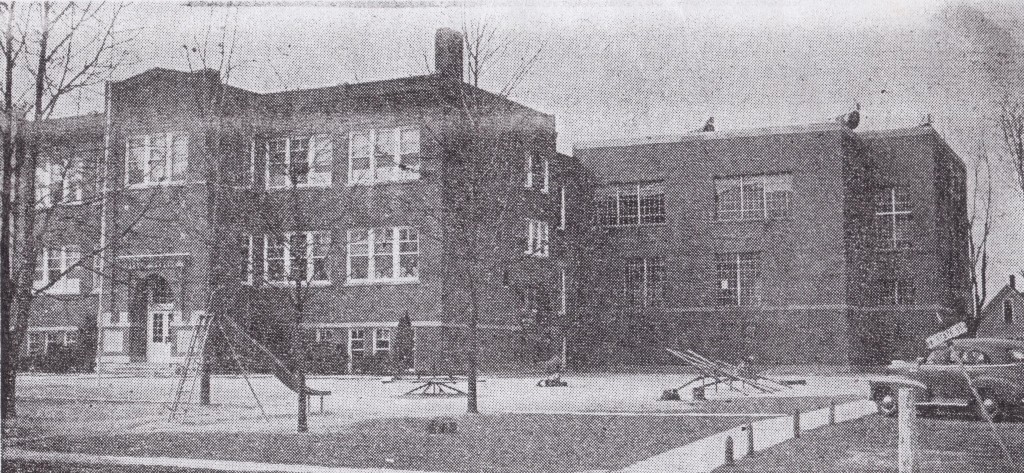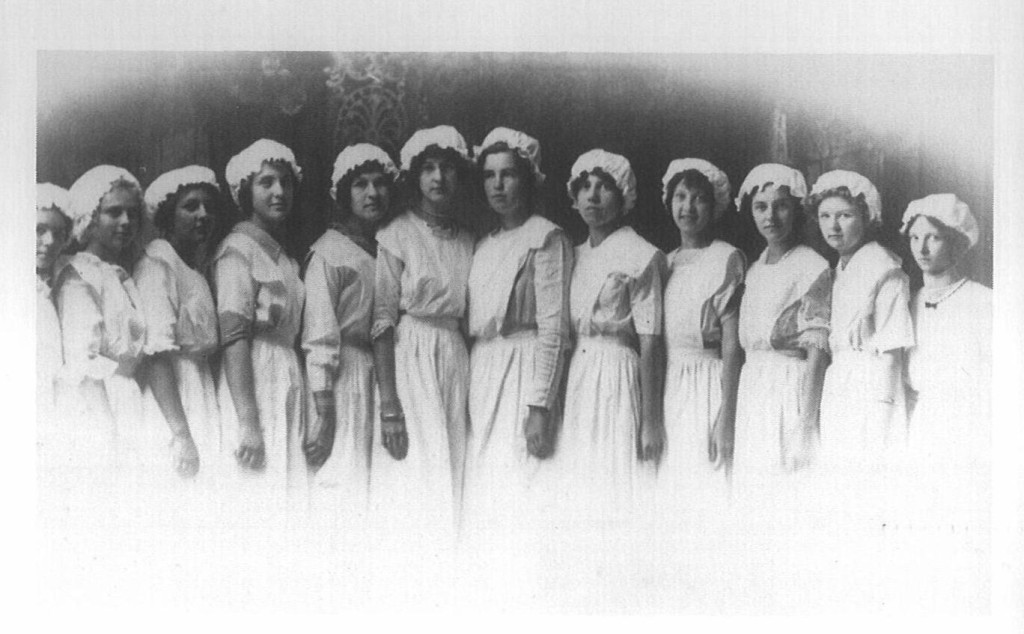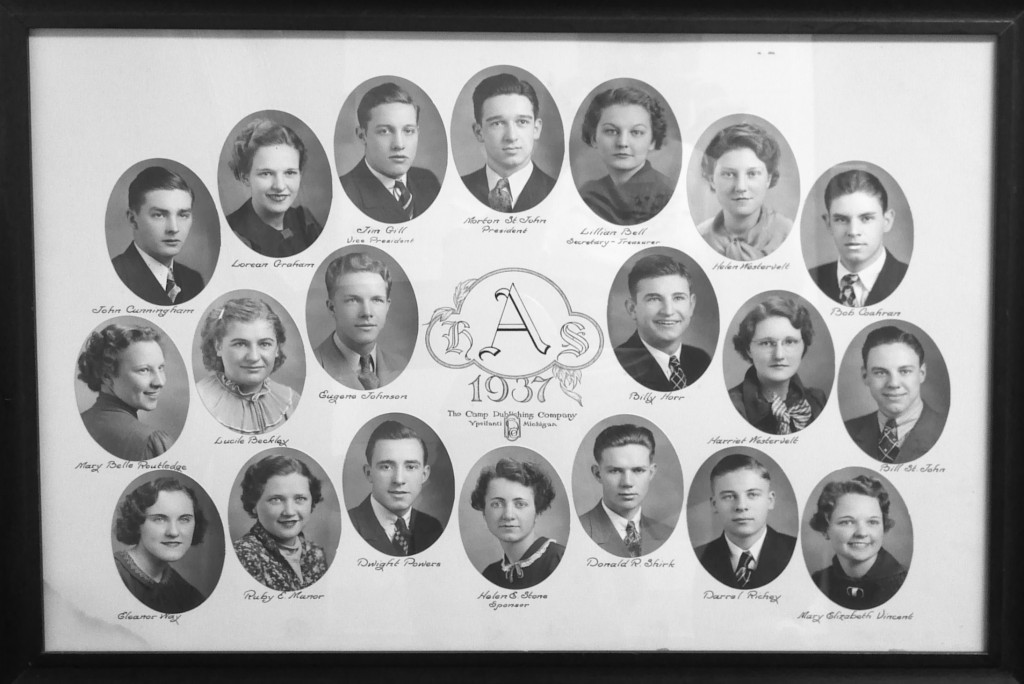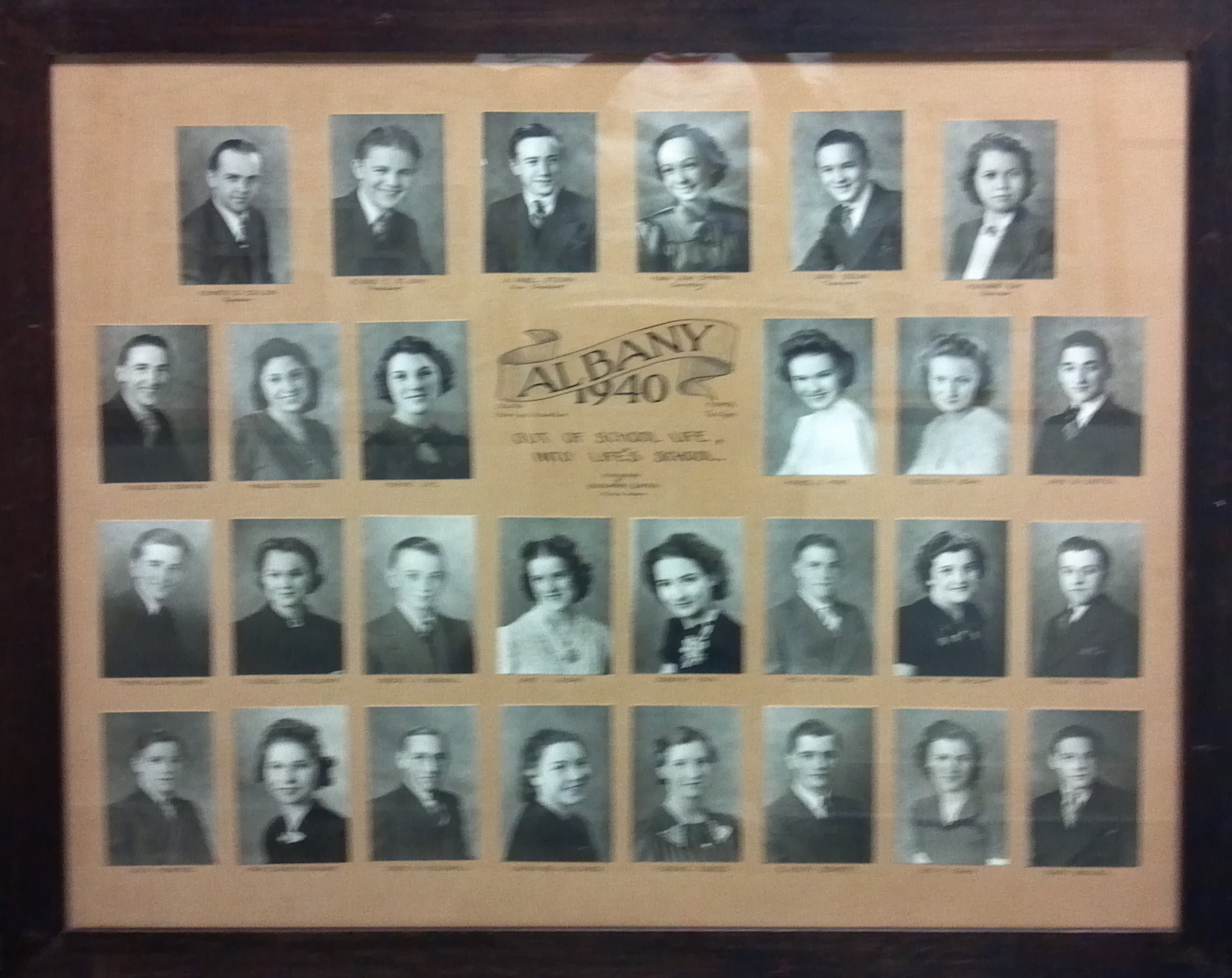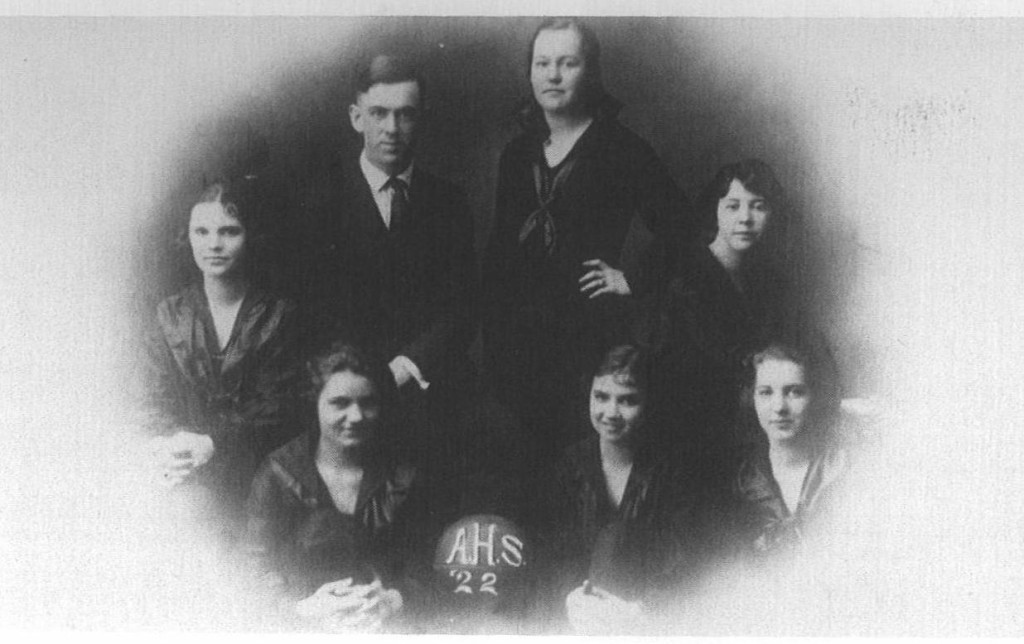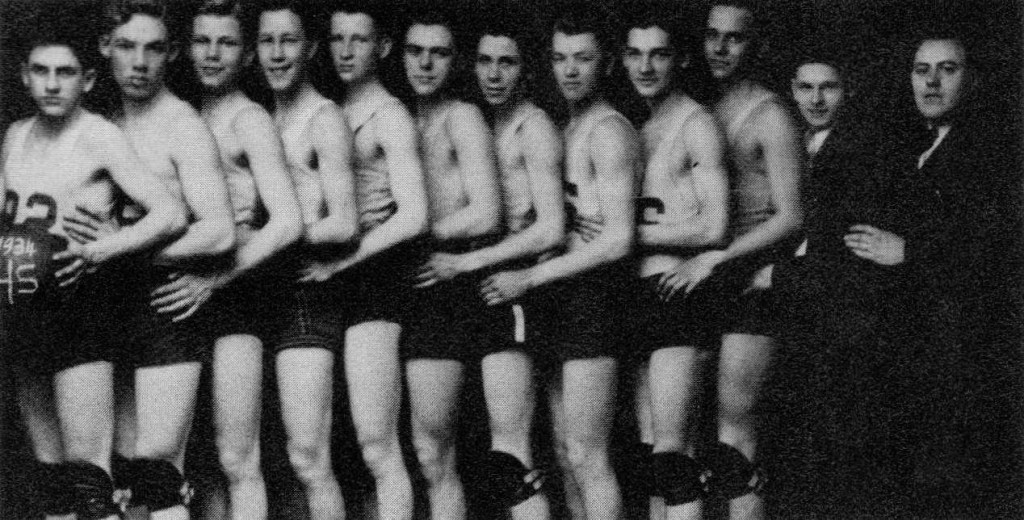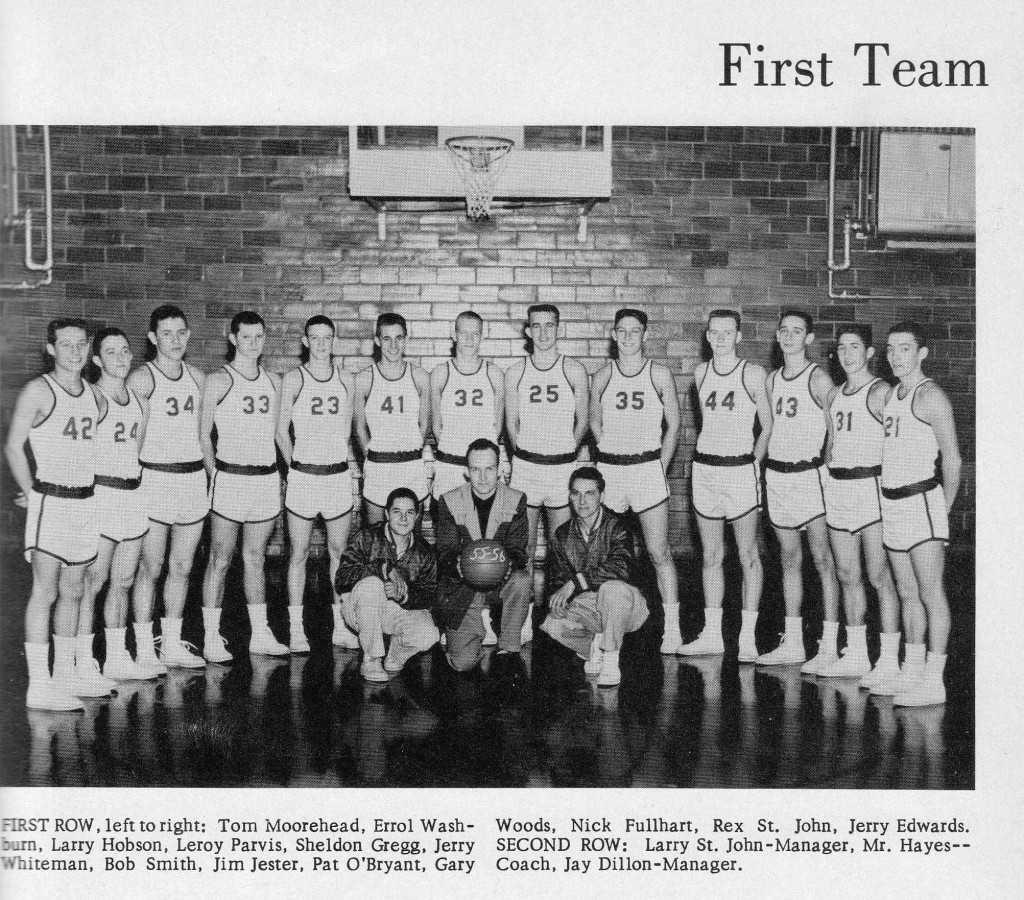A brief history of Albany, Indiana
Albany, like many other Indiana towns, has an Indian history. The town lies between what were formerly two great Indian camps. The town was visited by hunting parties and raided by Indian war parties, both of which were very annoying to the early settlers of Albany. History has it that a war party of Indians were chased down the east side of Halfway Creek by a company of soldiers under the command of General White. Tradition says that General White was shot and killed during the battle. Shortly after the battle, a settler by the name of Jones built a cabin near the creek. For some time he lived alone until a company of twelve men came from Ohio for the purpose of establishing homes in the wilderness, thus forming the nucleus for the present town of Albany.
During the years of 1827-1828, a Mr. Andrew Kennedy settled with his family and occupied the land by right of possession. In 1832, Mr. William Venard entered the land at the Government Land Office and took immediate possession after paying Mr. Kennedy for improvements. In 1833 he subdivided it into town lots and founded the village of Albany. Among the early families were the Woodrings, Lockharts, Wassons, Starr, Stright, Richey, Strong, DeHaven, St. John, Bartlett, Bantz, and the Wolvertons. All of the families shared in the early religious customs and school life of early Albany. The first school house was located on the east side of South Water Street, and two of the first school teachers were David Bell and Mrs. John D. Murphy. This location is just north of where the Lions Club building is now. Along with the settling of the community came a need for the provision of many services such as stores, doctors, churches and a cemetery. The first cemetery was started in 1833. This cemetery is located about one quarter mile south of the big park. Strong cemetery is one of the oldest businesses still operating in Albany.
Between the years of 1830 and 1850 the community of Albany experienced many firsts.
It was during this time that the first store was opened by Uriah Pace in a little log cabin. The first physician was Isaiah Templeton, and the first church was built in the early 1850’s. The postal service began in 1851, with Thomas Lewis as the first Albany postmaster. The community continued to grow through the Civil War years like many small towns in the North. In 1873, the town became incorporated with Dick Sprague as Town Marshall and Benjamin Lockhart, Samuel B. Murphy, and Dr. A. P. Murray as councilmen. In 1879, the event that all frontier towns awaited with eagerness occurred, the coming of the railroad. The town rejoiced and the community at large was called upon to contribute a bonus to keep the railroad from going to a neighboring town.
By 1889, the Lake Erie and Western railroad furnished four passenger trains and two freight trains daily that provided quick connections with other railroads in Redkey and Muncie. In the year 1889 the school building as it stands now was built. Additions and remodeling took place in 1915 and 1927. This school was one of the finest of the times and was the envy of other communities. The building of the school proved to be a good investment because it was at this time that the community of Albany started to grow.
The Albany Volunteer Fire Department was formed in the late 1800’s. Men used to run or ride horses to the fire station when the alarms sounded and would pull the water wagon by hand to the fire. In 1892, gas was discovered and gave the town a sudden growth. Albany began to become ambitious to utilize its natural gas for profit and comfort and offered free land and free gas to factories if they would locate here. The town set about paving and grading streets and making other improvements.
Two factories located in the Albany community creating beautiful brick stores and dwellings. Within a period of six years, Albany became a manufacturing center. Albany had two first class hotels, four churches, thirteen taverns, and numerous factories. The Bartlett Hotel was located on State and Main Streets and offered 33 well-lighted rooms. The Grand Hotel was located just west of where the McCormick’s building is now and offered forty elegantly lighted rooms and was ventilated from the outside. The rates were two dollars per day with special rates for permanent guests.
Some of the first factories located here were the Albany Paper Company, OK Flour Mill, Hoosier MFG., Buckeye Window Glass Company, North Baltimore Bottle Works, Model Flint Glass Works, Albany Tube Works, Binegar Saw Mill, and the Lumber and Sash Company. There were also a number of smaller businesses. Prices in the stores during this time were considered to be comparable to other towns. Some of the items and their prices are listed below: Men’s Work Shirts – 32 cents Men’s Work Pants – 70 cents Men’s Socks – 8 cents and 5 cents Men’s Ties – 12 cents Men’s Wool Underwear – 48 cents China Dolls – 10-15 cents Iron Toys – 5 cents Children’s Books – 2 cents A Can of Peas – 5 cents A Can of Corn – 2 for 5 cents Catsup – 5 cents In 1898, the town council signed a contract for the Light and Water Plant to be constructed.
In November 1899 the lights were turned on and tested. Lights were new for Albany and were the object of much attention. Lights were a great benefit to the community and it is interesting to note that they were turned off at midnight. In summary, Albany was a very progressive town at the turn of the century. Many factories and stores were located in Albany and it was a very pleasant place to live.
In the research available, it appears at just about 1900-1902, the natural gas supply began to diminish and many factories and businesses closed including the fine hotels. In 1907, McCormick’s Factory came to Albany. In the beginning, McCormick’s started out as a small family business and began to grow. McCormick’s continued to grow and diversify their products through the first half of the 20th century. In 1908, Mr. Lib Tulley had a small factory in what used to be the Grand Hotel. In this factory Mr. Tulley, who was considered an electronic genius of his time, manufactured automobiles. The Grand Hotel was the home of the Albany Runabout, which was a three passenger car, and the home of the Albany Touring, a five passenger car. Mr. Tulley was in business 2 and a half years and manufactured more than one thousand three hundred cars. The cars sold for around seven hundred and fifty dollars each. Each car was given seventeen coats of varnish to make it shine and the seats were made of elephant hair. Mr. Henry Ford came from Detroit to see Mr. Tulley and wanted him to go into business with him, but Mr. Tulley refused the offer.
In the year 1914, Albany, like many other communities across the nation, responded to the country’s cry for help. This was the year that the United States became involved in the First World War. Albany continued to remain consistent in its population through the 1920’s. The community activities centered on the Fourth of July celebration which was quite an affair. The streets uptown and the park would be crowded with people playing games and having picnics. Many games and contests were sponsored by the merchants with prizes awarded to the winners. The highlight of the day was a parade which would draw as many as four thousand people to watch. This was a joyous time for most of the residents of Albany who had little to worry about and who were comfortable in the quiet life that Albany provided. In the 1930’s, America began to fall on hard times. Many of the working people were out of jobs and money was scarce. Albany was no exception to this widespread problem facing our nation. Many programs were started at this time by the Federal government to help give the people some relief. This was not an easy problem to solve and it took many years to work out.
In the mid-forties, America was again involved in the World War. Albany again responded to the patriotic spirit with many men joining the service. Unfortunately, for many of the families their loved ones never returned. Albany has seen little change since the fifties. Most of the buildings where businesses were located in the early years are still standing and are occupied by various businesses. The school system has changed somewhat in that we no longer have a high school located within the city limits. Delta High School was formed in 1968 with Albany joining the other schools in 1974.
We’ve included some of the pictures from the early days at the Albany High School below.
Do you have historical information about Albany, Indiana that you would like to share with us?
Please fill out the form below with your story and we can add it to our Albany history. Be sure to include dates, names & other pertinent information. Thank you for sharing your knowledge of the history of our town.

